Comments / Questions (49)
![]() Lene Ndure wrote:
Lene Ndure wrote:
M.h.t. halstørklædet... 150 gr er langt fra nok. Hvor meget beregner I, der skal gå til? Mvh Lene
29.08.2018 - 12:40DROPS Design answered:
Hej Lene, Vi har ikke hørt at der skulle være for lidt... Har du 11 masker i bredden og 15 i højden på 10x10 cm? Husk at halstørklædet kun skal være 17 cm i bredden. Hvor mange cm har du på 1 nøgle?
29.08.2018 - 15:42
![]() Dianne wrote:
Dianne wrote:
Bonjour, Merci beaucoup pour votre réponse si rapide ainsi que le vidéo. Je m'essaie et vous donne des nouvelles. Merci et bonne journée! - Dianne
08.08.2016 - 17:12
![]() Dianne wrote:
Dianne wrote:
Bonjour, J'aime beaucoup le modèle Bonnie 109-10; Je suis une débutante et j'ai de la difficulté à comprendre les explications. Est-ce-que je dois monter 3o mailles (combien de rangs?) et monter en plus 26 mailles pour rangs raccourcis (combien de rangs?) et tricoter les rangs en points mousse et rangs raccourcis en même temps... Comment je fais??? Au secours! Merci de votre aide! Dianne
07.08.2016 - 19:56DROPS Design answered:
Bonjour Dianne, Montez 30 m et tricotez les rangs raccourcis comme indiqué, c'est-à-dire que vous ne tricoterez pas les 30 m à chaque rang mais un peu plus d'un côté et/ou de l'autre pour donner la forme souhaité au bonnet: *Tricotez 26m, tournez et tricotez 16 m, tournez et tricotez 20 m, tournez et tricotez toutes les mailles, tournez, tricoter 2 rangs sur les 26 premières m*, répétez de *-*. Bon tricot!
08.08.2016 - 10:03
![]() Wilma Markslag wrote:
Wilma Markslag wrote:
De muts op de foto heeft een langere 'boord' dan als je de beschrijving volgt. Klopt het dat ik aan beide uiteinden 5 steken 'boordsteek' heb? Dit doordat je het tussenstuk heen en weer moet breien?
26.01.2014 - 19:36DROPS Design answered:
Hoi Wilma. De eerste keerpunt is na de 10 st (brei 26 st, keer en brei 16 terug). Dit is ook de punt op de muts (waar je een boord ziet). De "hoogste" keerpunt langs de bovenkant van het werk zit 4-5-6 st van de rand (brei 26 st, keer en brei 26 st terug).
28.01.2014 - 16:16
![]() Heros wrote:
Heros wrote:
Bonjour je désirerais commander la laine,mais je n'arrive pas à visualiser l'assemblage vu que je ne connais pas ce modèle en montage, DROPS 109-10 by DROPS Design afin de faire ce bonnet pour l'offrir,y aurait-il une vidéo ou pourriez vous me faire un schéma que je puisse l'offrir svp .ça serait vraiment très gentil et êtes vous livré chaque semaine en aiguilles parce qu'a chaque fois que je désire en acheter il n'y a pas ce qu'il me faudrait.merci
25.12.2013 - 21:56DROPS Design answered:
Bonjour Mme Heros, le bonnet se tricote en allers-retours dans le sens de la hauteur, avec des rangs raccourcis (on tricote plus de mailles pour obtenir la forme voulue)- suivez pas à pas les étapes indiquées, vous trouverez les différentes techniques sous l'onglet vidéos. Pour toute information sur les disponibilités pour chaque magasin, merci de bien vouloir les contacter individuellement. Bon tricot!
27.12.2013 - 13:38
![]() Esmée wrote:
Esmée wrote:
Hallo, als de muts af is, welke kant hoort dan om je hoofd? De kortere of langere kant?
07.08.2013 - 17:20DROPS Design answered:
De kortere kant is de rand van de muts die om je hoofd heen sluit. Het wijde gedeelte komt dus boven en het strakke gedeelte onder.
08.08.2013 - 08:32Hollie wrote:
I seem to be having trouble with the hat. Which end is supposed to be that part that goes around the head? Is that supposed to be 50cm?
20.03.2013 - 22:18DROPS Design answered:
Dear Hollie, the hat is worked lenghtwise with short rows, the part supposed to go around the head will be the longest one (52-54-56 cm - see size). Happy knitting!
25.03.2013 - 10:27Ayse wrote:
After we finish *.*. There is some stitches remainig. Shall we turn and knit 26 stitches leaving the remaining stitches to start a new *.*
21.10.2012 - 19:44DROPS Design answered:
Dear Ayse, the part *-* are short rows which will let you knit more sts than other to shape the hat. Repeat from *-* as indicated until the final measurements. Happy Knitting!
14.11.2012 - 10:50
![]() Sabine wrote:
Sabine wrote:
Hallo, ich komme immer noch nicht klar. Wenn ich wirklich von * bis * arbeite, stricke ich 4 Reihen lang nur 26 Maschen und in der 5. R erst über alles - das ergibt doch ein Loch! Was ich meine: die letzten zwei Reihen am Ende der Wiederholung und die ersten 2 Reihen am Anfang sind ja jeweils nur 26 M lang... Oder muss ich einmal über alles stricken?
11.10.2012 - 21:58DROPS Design answered:
Liebe Sabine, ich hoffe, ich habe Ihre Frage richtig verstanden: stricken Sie in jeder verkürzten Reihe genau die Maschenzahl wie angegeben (also nicht 4 x über 26 Maschen), dann ergibt sich kein Loch. Haben Sie unseren Video zu den verkürzten Reihen schon angeschaut?
15.10.2012 - 18:26Mirtha Durand wrote:
Me gustaria ver en una foto como queda el gorro por detrás. ¿se puede? Gracias. Ya empezé a tejerlo de todos modos.
25.07.2012 - 03:30
Bonnie |
|||||||
|
|
|||||||
Set comprising: DROPS hat and scarf in ”Snow”.
DROPS 109-10 |
|||||||
|
Garter st back and forth on needle: K all rows. Pattern: See diagram M.1. Diagram shows the pattern from the RS. Hat: Worked from side to side back and forth on needle. Cast on 30-31-32 sts on needle size 8 mm with Snow. Work garter st – see above, at the same time continue as follows: * work 26 sts, turn piece and work 16 sts on return row. Turn piece and work 20-21-22 sts, turn piece and work all sts on row. Work 26 sts, turn piece and work 26 sts on return row *, repeat from *-*. Cast off when piece measures 52-54-56 cm where longest (= lower edge). Assembly: Sew cast on and cast off rows tog. Sew a thread trough edge at top and tighten. Scarf: Cast on 19 sts on needle size 8 mm with Snow. Work 4 rows garter st – see above – and continue in M.1 with 2 garter sts each side. When piece measures approx 159 cm, adjust to after a full of half repeat of M.1, work 4 rows garter st on all sts and cast off. Scarf measures approx 160 cm. |
|||||||
Diagram explanations |
|||||||
|
|||||||
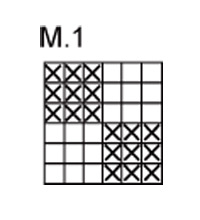
|
|||||||
|
Have you made this or any other of our designs? Tag your pictures in social media with #dropsdesign so we can see them! Do you need help with this pattern?You'll find 13 tutorial videos, a Comments/Questions area and more by visiting the pattern on garnstudio.com. © 1982-2025 DROPS Design A/S. We reserve all rights. This document, including all its sub-sections, has copyrights. Read more about what you can do with our patterns at the bottom of each pattern on our site. Have you finished this pattern? |
|||||||












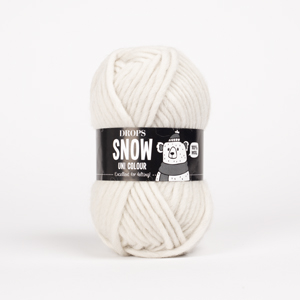



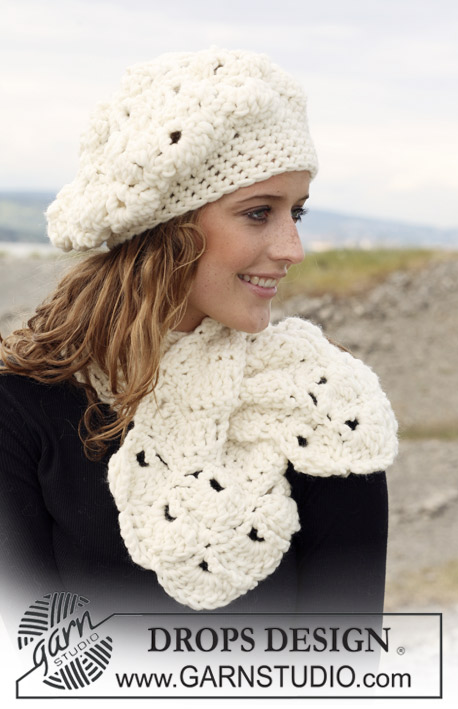




















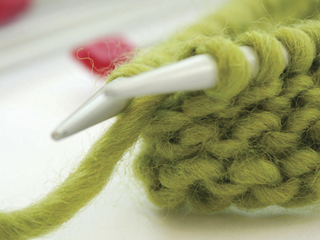





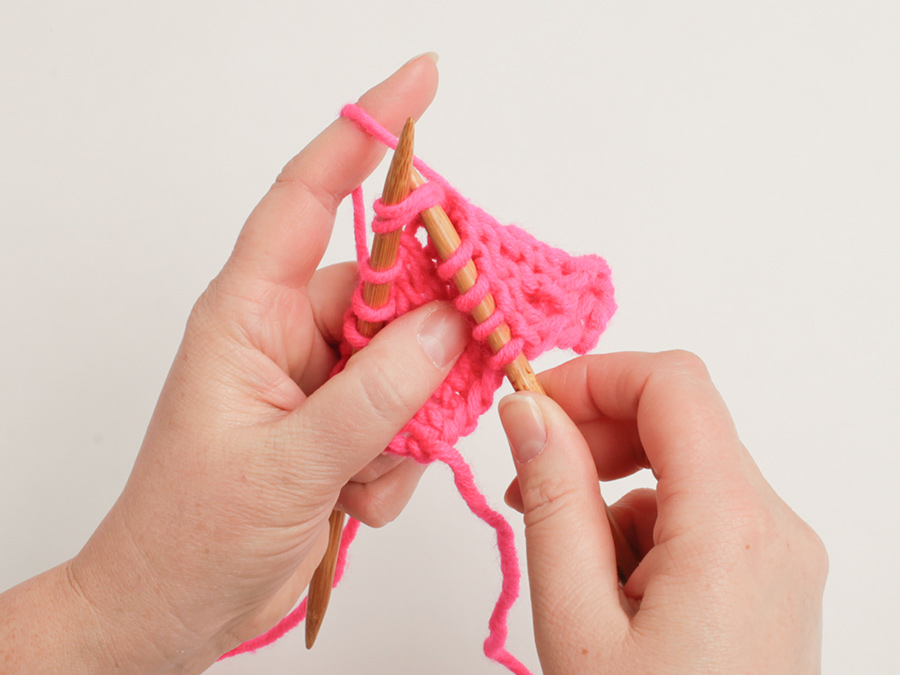








Post a comment to pattern DROPS 109-10
We would love to hear what you have to say about this pattern!
If you want to leave a question, please make sure you select the correct category in the form below, to speed up the answering process. Required fields are marked *.